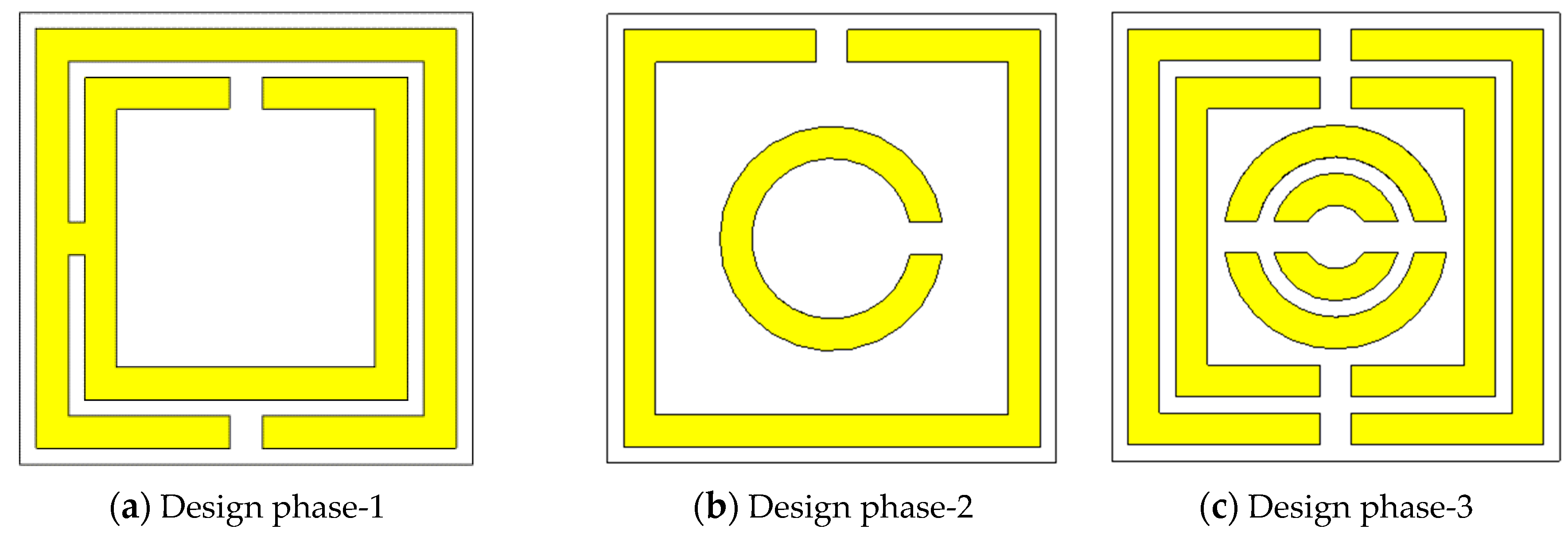
Typically, the EBG structures are constructed by a periodic arrangement of dielectric materials and metallic conductors and can be categorized into three groups according to their geometrical configurations: the 3D volumetric structure, the 2D planar surface, and the 1D transmission line.

Another metamaterial suitable for the electromagnetic applications is the electromagnetic band gap (EBG) structure. The metamaterial refers to an engineered material whose behaviors or properties are naturally nonexistent, for example, a double-negative material, a left-handed material, or a zero refractive index material. To address these issues, a metamaterial could be integrated into the microstrip antenna. Likewise, the surface wave increases the cross-polarization of the antenna, thereby restricting the antenna’s usefulness.

In addition, the surface wave contributes to the degradation of the antenna performance and gain. Specifically, the surface wave could induce the minor lobes and the EM wave to radiate in directions different from the radiation source. Despite the benefits, this antenna type does suffer from the electromagnetic (EM) surface wave that occurs on the substrate. Microstrip antennas are commonly used in wireless communications devices for their low-profile, low-cost, and lightweight characteristics. Specifically, the proposed antenna could achieve the measured antenna gain of 10.14 dBi at 2.45 GHz and the reflection coefficient of less than −10 dB and was operable in the 2.39–2.51 GHz frequency range. The experimental results revealed that the proposed integrated antenna (i.e., the microstrip antenna with the HIS and FSS structures) outperformed the conventional microstrip antenna with regard to reflection coefficient, the radiation pattern, gain, and radiation efficiency. The simulation and measured results were agreeable. Simulations were carried out to determine the optimal dimensions of the components and the antenna prototype subsequently fabricated and tested.

In the antenna development, the HIS elemental structure was mounted onto the antenna substrate around the radiation patch to suppress the surface wave, and the modified FSS superstrate was suspended 20 mm above the radiating patch to improve the directivity. An FR-4 substrate with 120 mm × 120 mm × 0.8 mm in dimension ( W × L × T) and a dielectric constant of 4.3 was used in the antenna design. The electromagnetic band gap (EBG) structure was utilized in the fabrication of both the HIS and FSS structures. This research presents a microstrip antenna integrated with the high-impedance surface (HIS) elements and the modified frequency selective surface (FSS) superstrate for 2.4 GHz band applications.


 0 kommentar(er)
0 kommentar(er)
